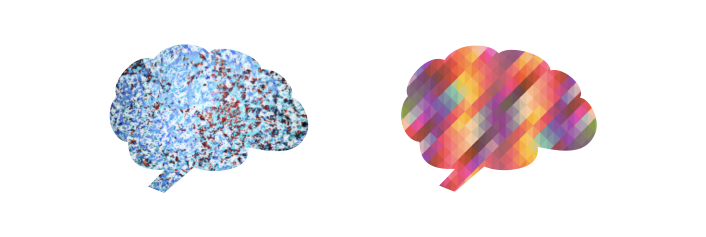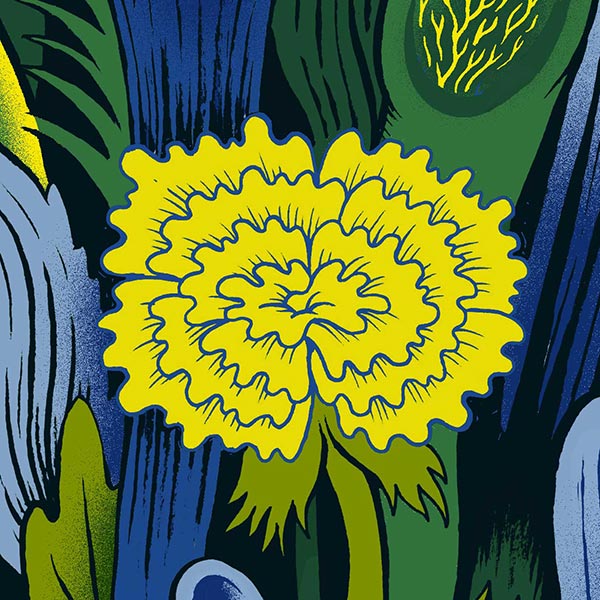This year I celebrated Ada Lovelace Day by speaking at Ada’s List Conference 2017. It was a privilege to share the stage with such open, honest and ambitious women, and to meet some inspirational fellow Ada’s. I spoke about the value of cognitive diversity in solving problems and approaches for making the most of people’s different skills and perspectives.
Head of Good Problems @sciencepractice, @anaMflorescu talks about how to identify “good” problems: real and ready to be solved #adaslistconf pic.twitter.com/7dCbTWlO40
— Amelia Cook (@AmeliaCook) October 7, 2017
What is cognitive diversity and why is it important?

Two heads will only be better than one if their contents differ.” Scott E. Page
When we talk about diversity, we often talk about the one we can see – diversity of gender, race, ethnicity, age. This is referred to as identity diversity.
But groups of people who look differently are not necessarily better at solving problems; groups of people who think differently are more likely to be.
Cognitive diversity refers to people’s different ways of thinking, their different heuristics, and perspectives.
When we try to work together and solve complex problems, cognitive diversity becomes incredibly useful. It gives a group access to different ways of working, different ways of asking questions, and different ways of thinking about how to develop solutions.
While identity diversity correlates with cognitive diversity, it doesn’t predict it.
That doesn’t mean that cognitive diversity should become an excuse to ignore identity diversity altogether; it should be a way of enhancing it.
Identity diversity becomes powerful when we understand the different skills and perspectives that come with collaborating with people of different beliefs, gender or race.
The challenge with cognitive diversity is that you can’t see it. To discover cognitive diversity, you have to create opportunities for people to share their ways of thinking and see how they can collaborate and contribute to solving a problem.
How to create more cognitively diverse communities of solvers?
My talk suggested three approaches for increasing the diversity of solvers.
Good list of things to have in place for good problem solving #AdasListConf @anaMflorescu pic.twitter.com/15OQcteeEK
— Danielle H-Wilson (@MrsDHW) October 7, 2017
1. Making problems accessible
To encourage diverse people to collaborate on solving problems, they need to understand what the problems are. Problems should to be framed so people who are not familiar with the topic can understand their scope and how they can contribute to developing solutions.
This ‘framing’ refers to both the language used to communicate a problem, but also clarity in the way it’s defined. The problem itself needs to be real and ambitious, while remaining solvable.
2. Diversifying support & incentives
People might have the right kind of skills or approach to solve a problem, but limited access to the resources to help them develop their ideas.
To create inclusive opportunities for people to become solvers, we need to think about the kind of additional support different solvers might need and how to offer it.
Support can come in many different forms, from funding or access to lab space and equipment, to mentoring and training to help refine ideas. In some cases, it can even be something like giving solvers with children access to daycare services so they can attend workshops and pitch their ideas. (👍 to the Ada’s List Team for providing crèche services at the Conference!)
The type of incentives you present to people to tackle a problem also influence who decides to become a solver.
Some people respond well to problems framed as ambitious competitions. Others prefer to engage with a community they care about or want to help.
A problem might need to be pitched in different ways to different communities to get their interest.
3. Creating genuine opportunities for collaboration
Collaboration is not easy and can get messy. Especially when those expected to collaborate have different ways of approaching problems and thinking about solutions. This makes it even more important to create spaces where people from different backgrounds have an opportunity to share their tools, knowledge and experience, and understand how they can work together.
Sometimes this can work best via face-to-face facilitated workshops. In other situations, online platforms like Slack are more suitable. Key to each problem solving scenario is acknowledging that collaboration is hard and needs support and encouragement to succeed.
Achieving a diverse and functional team of problem-solvers is a challenging yet worthwhile aim. To quote Katherine W. Phillips – “Diversity jolts us into cognitive action”. It’s up to us to build the right kind of context and support to ensure this cognitive action is a constructive and creative one.
Inspiration for the talk:
- How diversity makes us smarter by Katherine W. Phillips
- Teams Solve Problems Faster When They’re More Cognitively Diverse by Alison Reynolds and David Lewis
- The diversity bonus – How Great Teams Pay Off in the Knowledge Economy by Scott E. Page
- Just having people who look different isn’t enough to create a diverse team by Scott E. Page
- Tech’s Troubling New Trend: Diversity Is in Your Head by Bärí A. Williams

